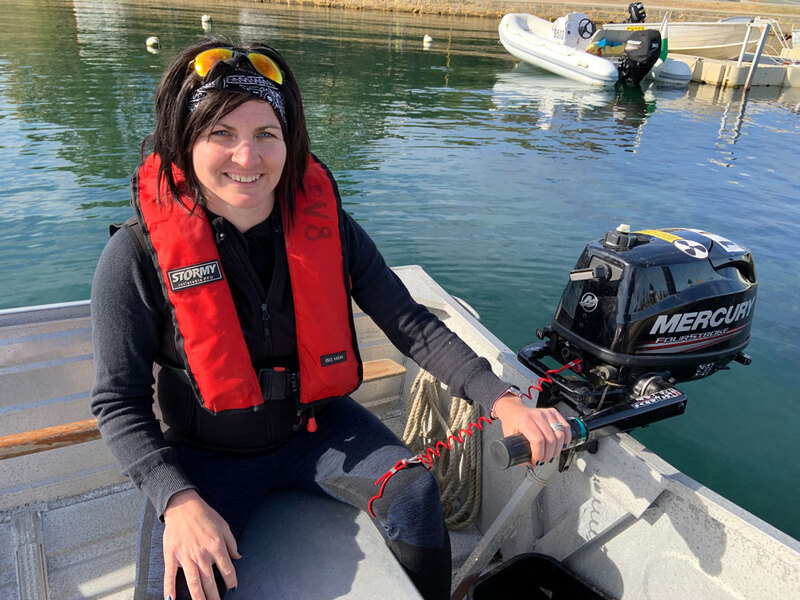Safety lanyards
A safety lanyard can save lives on the water, especially when boating alone.
A safety lanyard, also known as a kill switch, automatically stops a vessel’s motor if the skipper falls overboard or leaves the steering position.
The lanyard has a quick-release fitting at one end attached to the vessel motor or console and at the other end is a clip attached to the skipper.
The lanyard should be worn by the skipper whenever the engine is running.
Many boating incidents and tragedies could have been avoided with the use of a safety lanyard.
Always keep a spare safety lanyard on board to restart the vessel motor if the first lanyard is lost.
How to wear your safety lanyard
You can wear the safety lanyard around your wrist, leg or ankle.
For skippers with tiller steered boats or personal water craft it may be easier and more comfortable to wear the safety lanyard around your wrist.
Always check your lanyard works by starting the engine and pulling the cord to make sure the quick-release fitting detaches and stops the engine.
When using a safety lanyard always check:
- When attached it doesn’t interfere with the steering or gear controls
- Its length does not exceed the engine manufacturer’s recommendation
- It works and has no signs of wear
- It is protected from extreme temperature and UV light
- It has good spiral tension, if not replace it
- Replacement lanyards are of good quality with a strengthening cord through the middle.
Using a safety lanyard video
Watch Marine and Safety Tasmania's video to find out why it's important to use a safety lanyard when boating alone.










